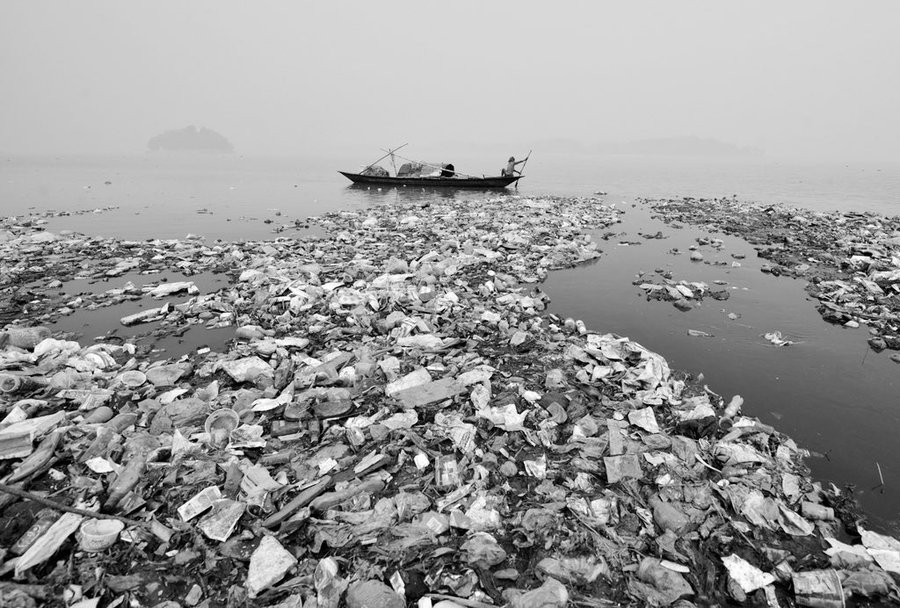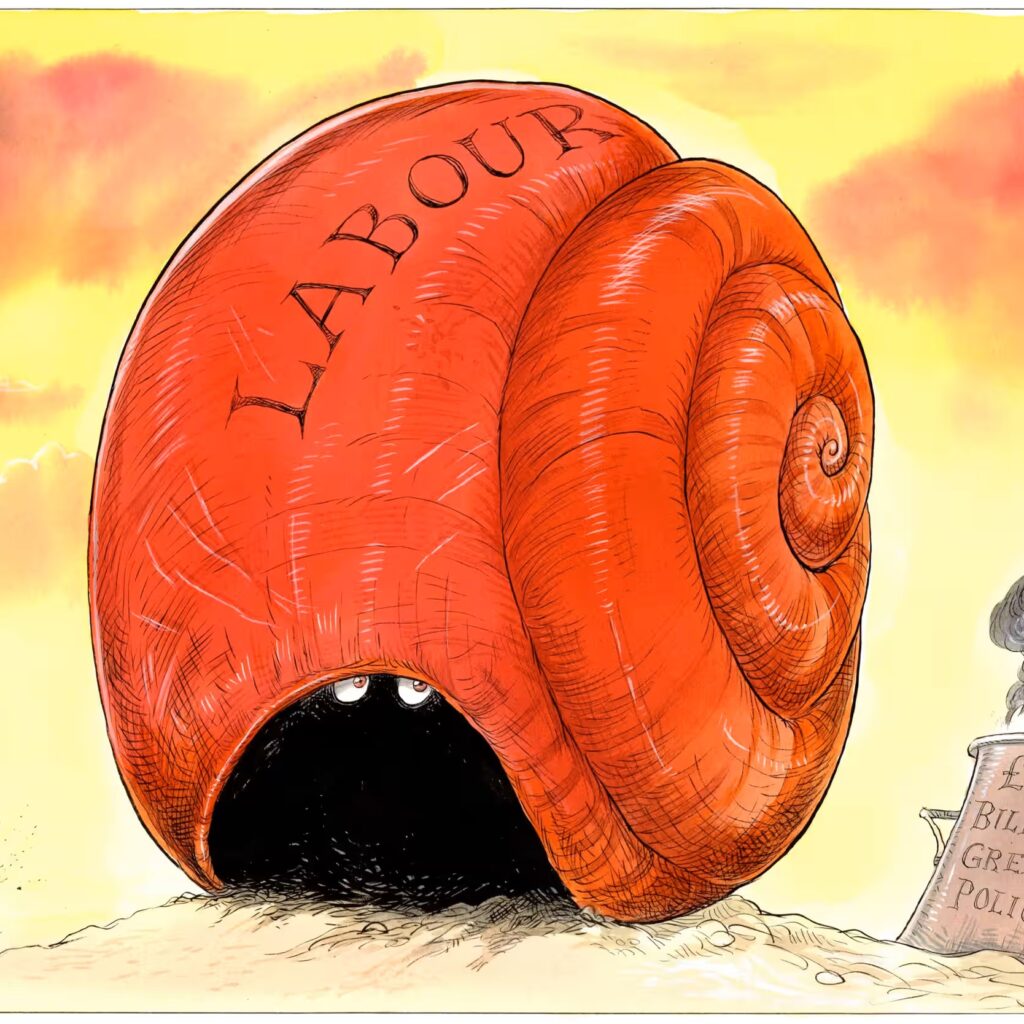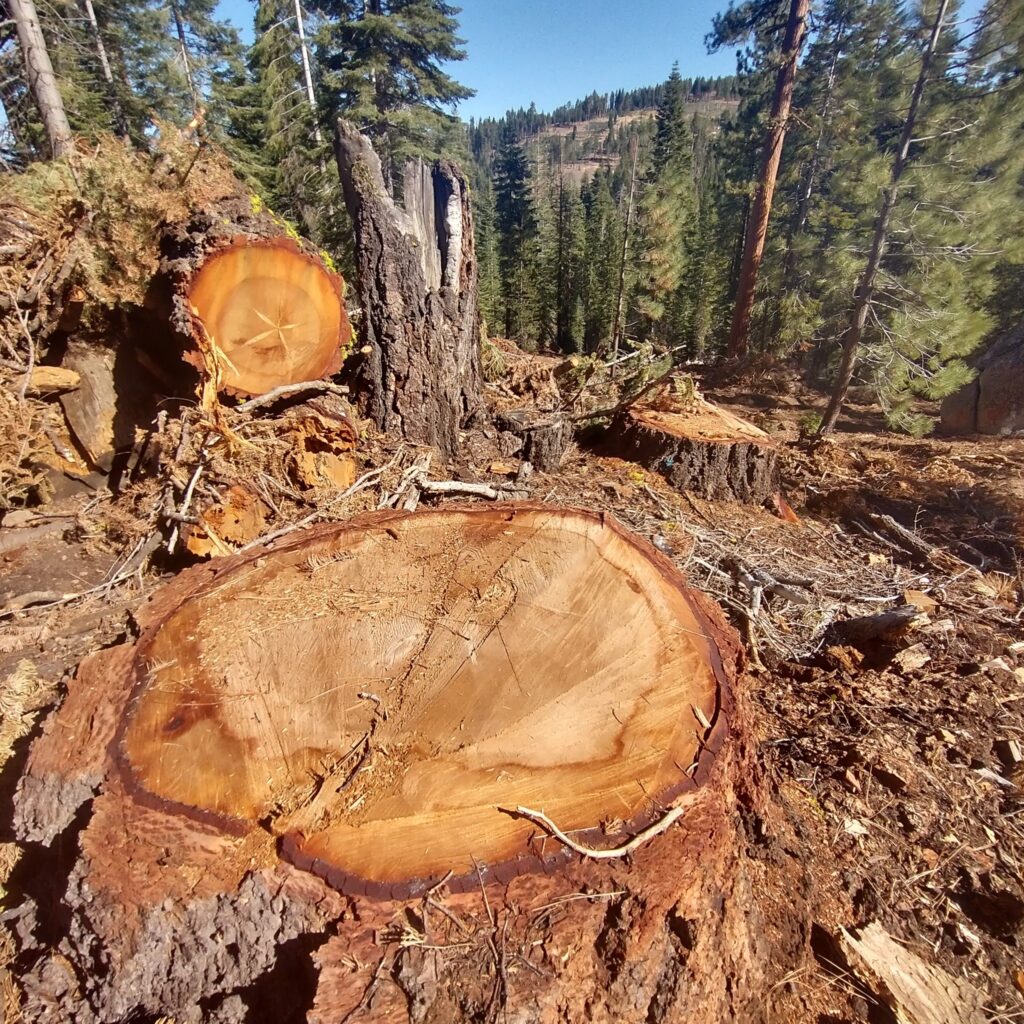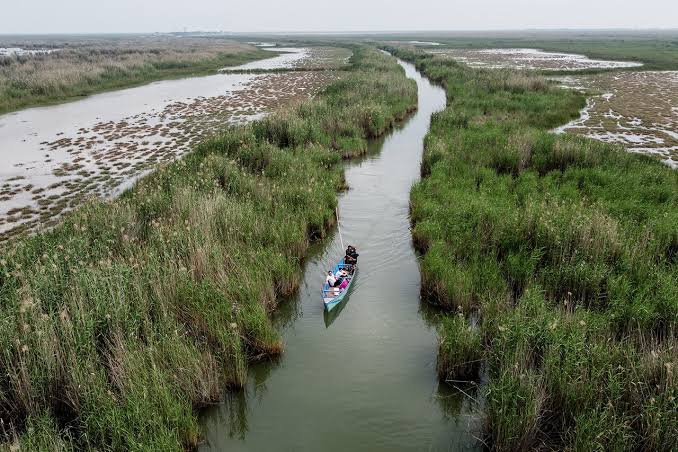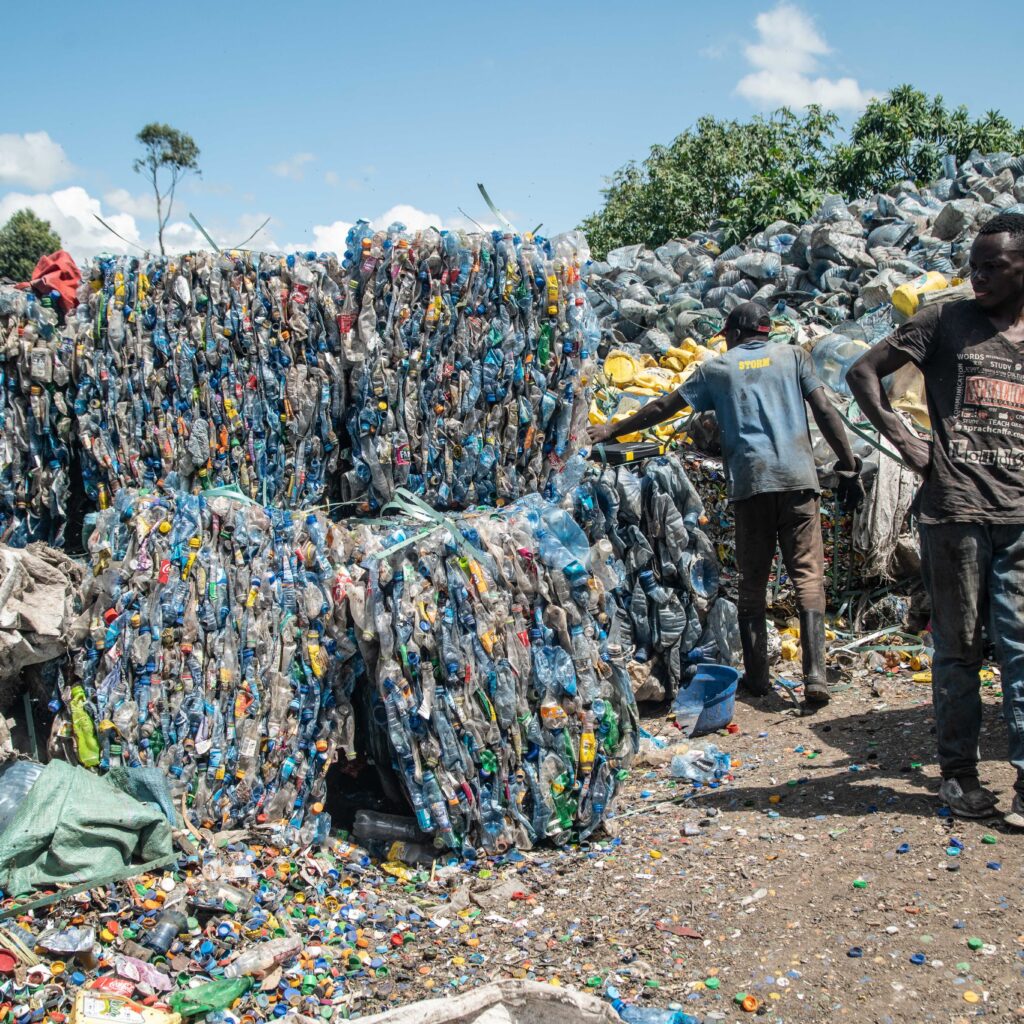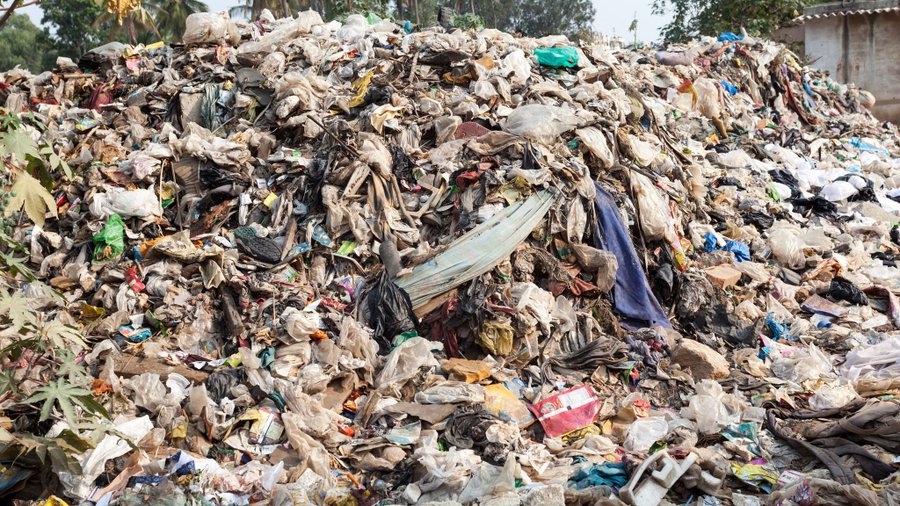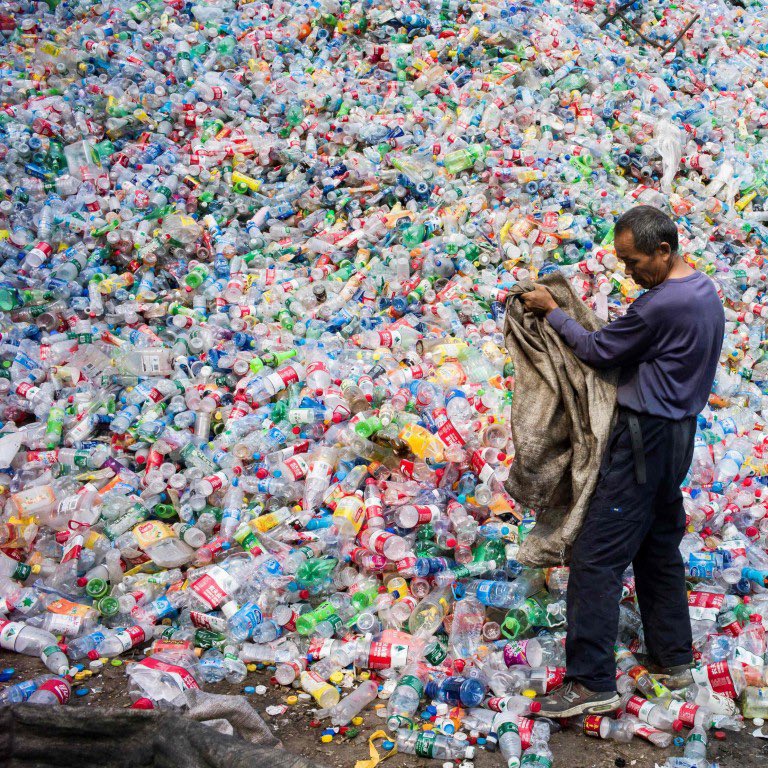
In a world awash with the debris of consumerism, the image before us serves as a stark reminder of the environmental crisis we face. A solitary figure stands knee-deep in an ocean of discarded plastic bottles, his back to us, as he sifts through the rubbish with a sack in hand. The sheer scale of waste engulfs the individual, illustrating the overwhelming nature of our plastic problem.
This man’s search through the synthetic sea is a poignant representation of the global challenge of waste management and the resilience of those who navigate these landscapes daily. Each bottle, once a vessel of fleeting convenience, now contributes to a monumental issue with long-term ecological consequences.
As the viewer, we’re confronted with the uncomfortable truth of our disposable lifestyles and the enduring impact of our choices. This image is a call to action — a plea to rethink our reliance on single-use plastics and to consider the human and environmental toll of our consumption. It’s a visual testament to the necessity of sustainable practices and a circular economy where nothing is wasted and everything has value.
In sharing this photograph on our blog, let’s pledge to be part of the solution, encouraging a shift towards mindfulness in consumption and supporting initiatives that aim to clean our precious Earth. Each one of us, and the man in the picture, deserves a world where nature’s beauty isn’t buried under humanity’s waste.
Image Source: Unknown, due credits.



